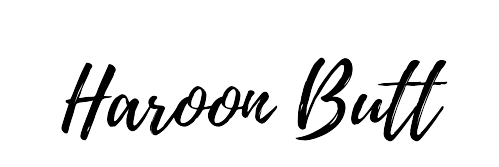Cues: Master the Secret Language of Charismatic Communication
Vanessa Van Edwards
“Cues” (2022) by Vanessa Van Edwards delves into the unconscious signals we emit and receive, shaping how we are perceived by others. Aimed at improving your professional life, this book offers insights on managing these cues to enhance your interactions and responses.
Introduction
Have you ever felt overlooked at work or struggled to achieve your goals? The issue might not be with your words, but with how you present them. Surprisingly, over half of our communication is nonverbal. This includes gestures, voice tone, and body language. Mastering these nonverbal cues can significantly boost your professional success and personal interactions.
Charisma
In 2013, Jamie Siminoff showcased his product, Ring, on Shark Tank. Despite having a million dollars in sales, he failed to secure investment due to his presentation style, which lacked confidence and failed to read the room. Fast forward to 2018, and Ring was sold to Amazon for a staggering $1 billion. This example illustrates the power of charisma—a combination of warmth and competence. By mastering this blend, you can build trust and become more influential in your professional and personal life.
Body Language
Body language is a vital aspect of communication. When you lean in during a conversation, it shows interest and warmth, making the other person feel valued and heard. Conversely, leaning back can create a sense of distance and disinterest. By being aware of these cues, you can improve your interactions and build stronger connections.
Key Points:
- Leaning In: Indicates interest and engagement, fostering a sense of connection and warmth.
- Leaning Back: Can signal disinterest or a desire for distance, potentially creating barriers in communication.
- Reading Cues: Observing others’ body language helps you understand their feelings and adapt your responses accordingly.
Throwing Up Walls
Defensive behaviors, such as covering your mouth or fidgeting, can signal discomfort or dishonesty. Recognizing these signs in yourself and others can help you navigate conversations more effectively and maintain a positive communication environment.
Key Points:
- Defensive Postures: Actions like crossing arms or covering the mouth can indicate insecurity or deception.
- Self-awareness: Monitoring your own body language ensures you convey confidence and openness.
- Interpreting Signals: Being attentive to others’ defensive behaviors helps you respond empathetically and appropriately.
A Powerful Voice
Your voice plays a crucial role in how you are perceived. A strong, steady tone conveys confidence, while a rising intonation at the end of sentences can undermine your authority by making statements sound like questions. Developing a confident speaking style enhances your credibility and assertiveness.
Key Points:
- Tone of Voice: A confident, steady voice projects authority and competence.
- Avoiding Vocal Fry: Speaking with clarity and avoiding a creaky voice can improve how others perceive you.
- Self-assessment: Listening to recordings of your speech can help you identify and correct any weaknesses.
It’s Never Just Semantics
The words you choose are crucial in professional communication. Using engaging, positive language can enhance your charisma and likability. For instance, saying “Our pitch was fantastic! I can’t wait to collaborate” is more compelling than “Our presentation was adequate.” The right words can make you more approachable and persuasive.
Key Points:
- Positive Language: Words like “fantastic” and “excited” convey enthusiasm and warmth.
- Avoiding Jargon: Simple, clear language makes your message more accessible and engaging.
- Personal Touch: Infusing your communication with a touch of personality helps build rapport and trust.
Seeing is Believing
Visual cues, such as your appearance and workspace organization, significantly impact how others perceive you. Dressing appropriately and maintaining a professional environment can project confidence and competence. For example, wearing certain colors, like blue, can convey trust and reliability.
Key Points:
- Professional Appearance: Dressing well enhances your credibility and professionalism.
- Workspace Organization: A tidy, organized workspace reflects your efficiency and attention to detail.
- Visual Branding: Consistently presenting a polished image helps build a strong personal brand.
Final Summary
In the professional world, success often hinges on mastering the art of charisma—a blend of warmth and competence. By understanding and controlling the cues you send, and interpreting those you receive, you can navigate your professional environment more effectively. This skill not only helps you build stronger, more positive relationships but also opens doors to greater opportunities and success.

